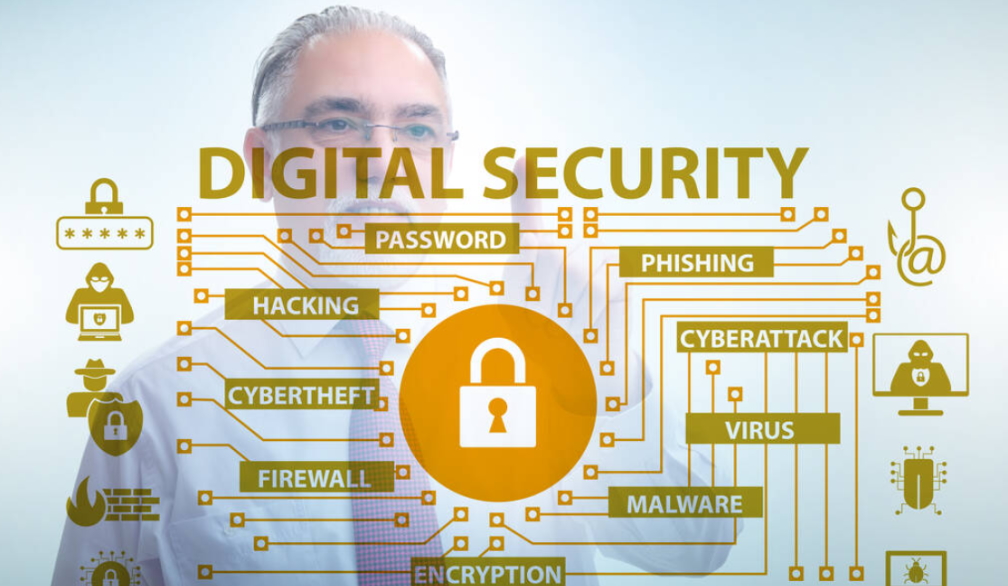The Meaning of Phishing Simulation: Things You Should Know
- Written by NewsServices.com

Phishing Simulation Meaning
In conclusion, the phishing simulation meaning is that it is a way to test someone's ability to identify and avoid phishing scams. This can be done by creating a fake email or website that looks legitimate but is actually a trap set by hackers in order to steal personal information. By being able to identify these types of scams, people can protect themselves from becoming victims of identity theft or other cyber crimes.
What is phishing?
"Phishing" is a type of online fraud in which criminals try to trick people into giving them sensitive information, such as passwords or credit card numbers. They do this by sending fake emails or setting up fake websites that look like the real thing. Thus, a phishing simulation service is being offered to test suspicious emails and websites.
Phishing is a serious problem - last year, over $1 billion was stolen from people in the US alone. And it's only getting worse: in the first half of 2017, there was a 30% increase in phishing attacks compared to the same period last year.
So what can you do to protect yourself? The best defense against phishing is awareness. Be careful about clicking on links in emails, even if they look legitimate. And never enter sensitive information into a website unless you're absolutely sure it's the real thing.
If you think you've been phished, change your passwords immediately and contact your bank or credit card company to let them know. And remember: no one is immune from phishing attacks - even big companies like Google and Facebook have been victims. So stay alert and stay safe!
How can phishing be prevented?
Most people are aware of phishing scams these days, but that doesn’t mean they know how to prevent them. Phishing is a type of cyber attack that uses fraudulent emails or websites to trick victims into revealing sensitive information, such as passwords or credit card numbers. These attacks can be difficult to spot, but there are some things you can do to protect yourself.
First, be wary of any email or website that asks you for personal information. Legitimate companies will never ask for your password or credit card number via email. If you receive an email that looks suspicious, don’t click on any links or attachments. Instead, delete it immediately.
It’s also important to keep your computer and software up-to-date. Hackers often exploit security vulnerabilities in outdated software to launch phishing attacks. By making sure your computer is running the latest version of its operating system and all applications, you can reduce the risk of being targeted by a phishing scam.
Finally, consider using a reputable anti-virus program with anti-phishing protection. This will help block malicious emails and websites from reaching your inbox and prevent sensitive information from being stolen if you do accidentally click on a phishing link.
What are the consequences of phishing?
Phishing is a type of fraud in which an attacker masquerades as a trusted entity in order to trick victims into revealing sensitive information, such as login credentials or financial information. Phishing attacks can have devastating consequences for both individuals and organizations.
Individuals who fall victim to phishing attacks can have their identities stolen, their accounts hijacked, and their financial information used to commit fraud. In some cases, phishing attacks have also been used to spread malware or ransomware.
Organizations that are targeted by phishing attacks can suffer data breaches, financial losses, and reputational damage. Phishing attacks can also be used as a stepping stone for more sophisticated cyberattacks.


